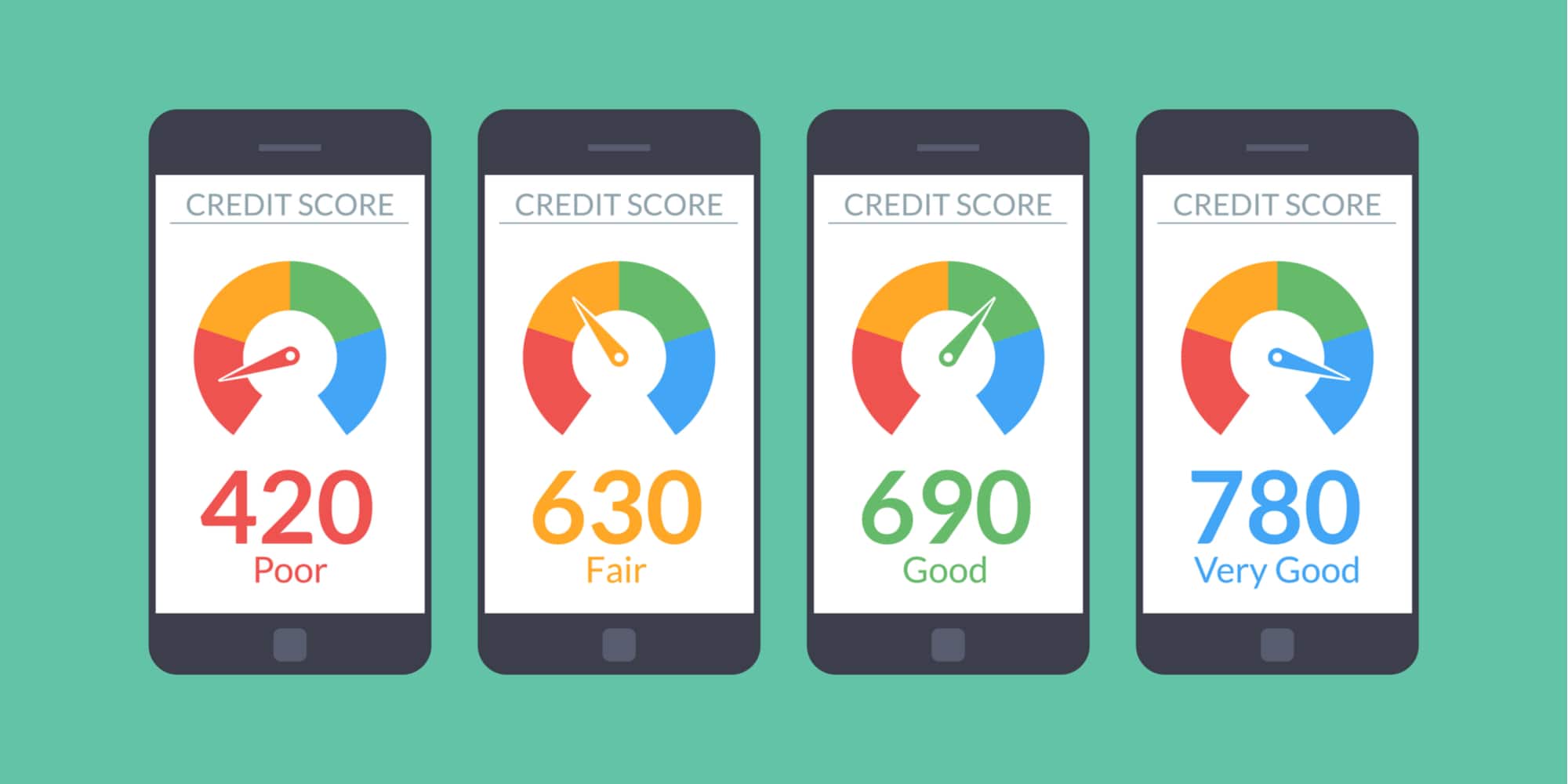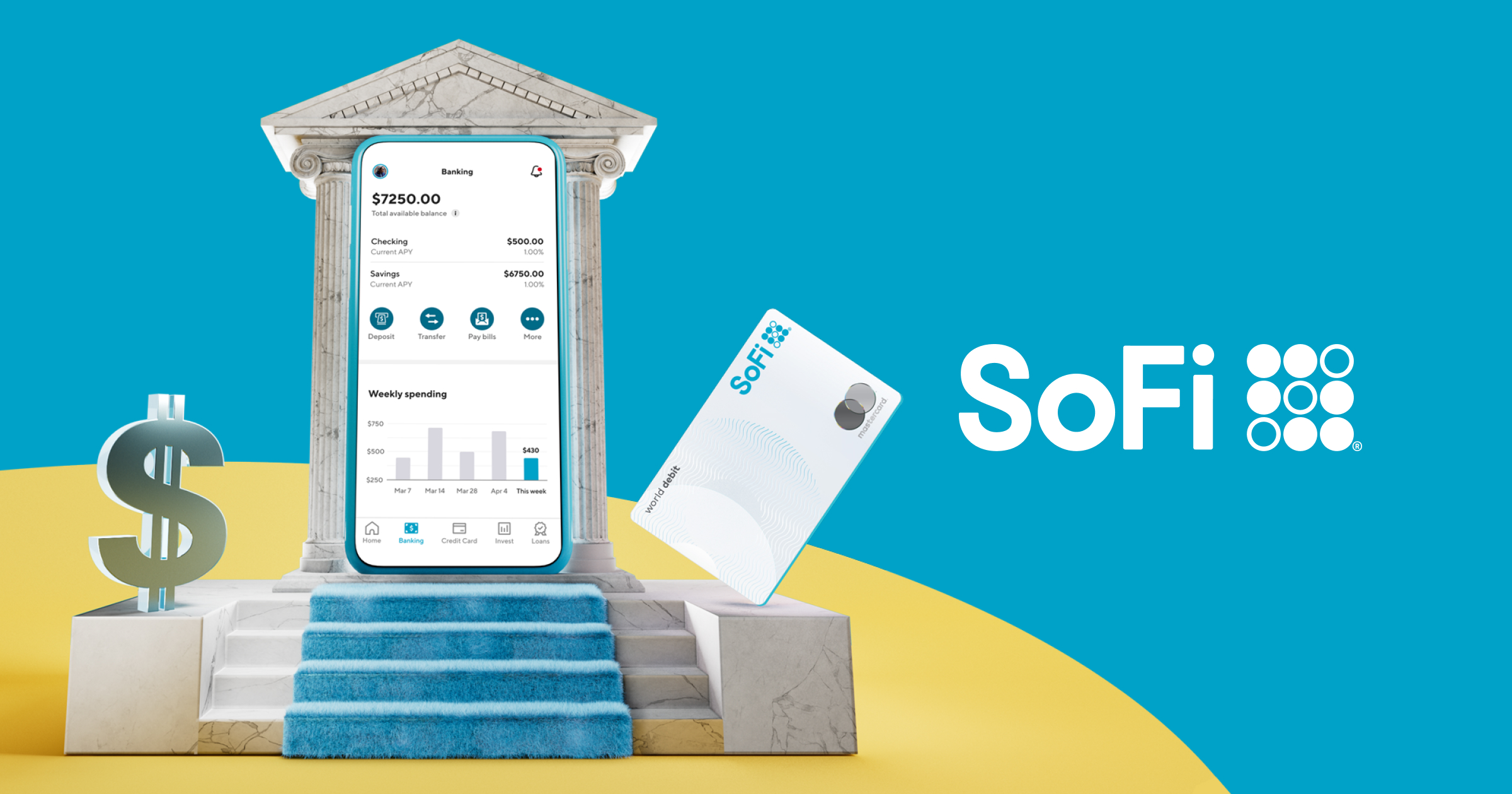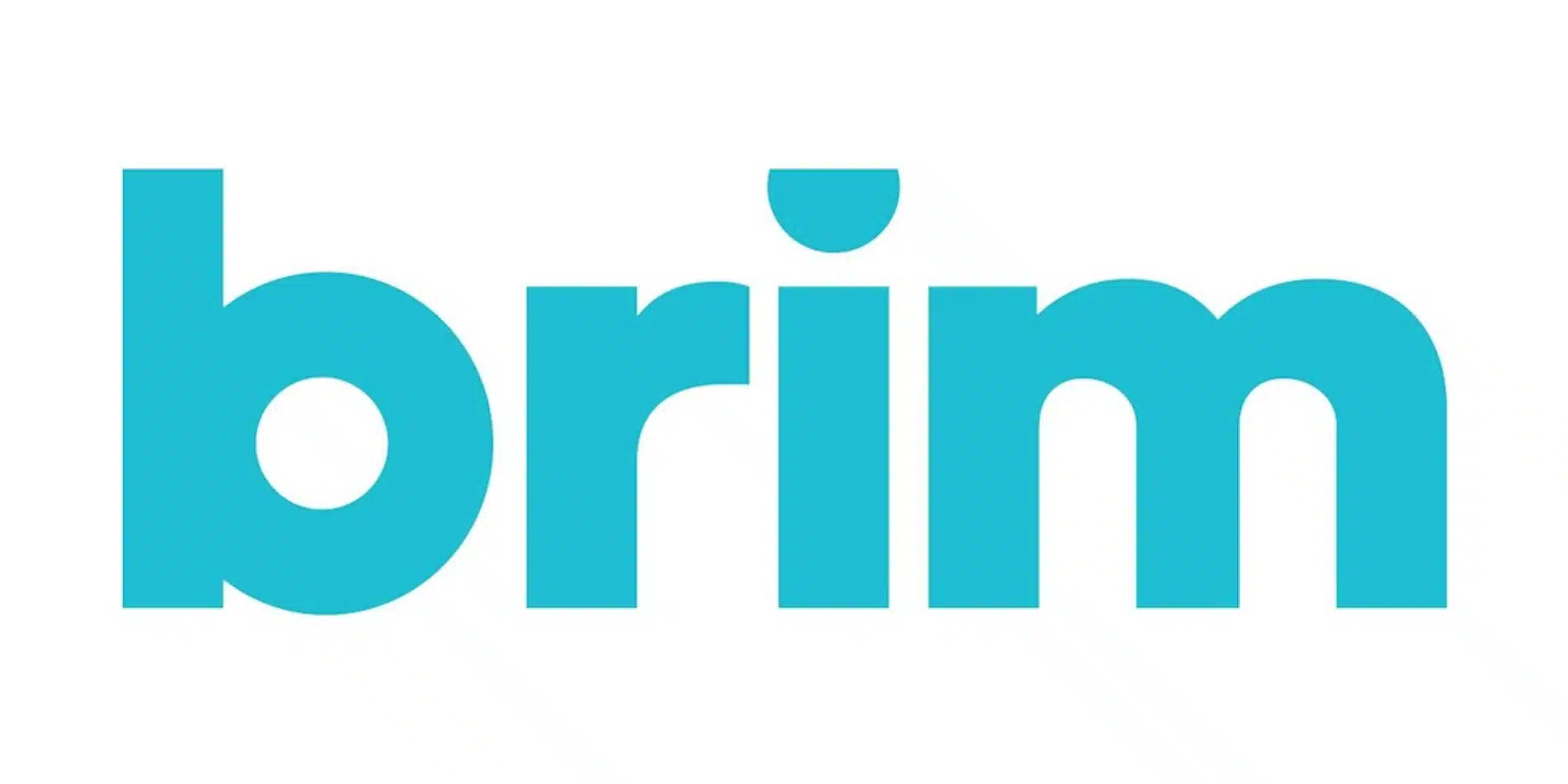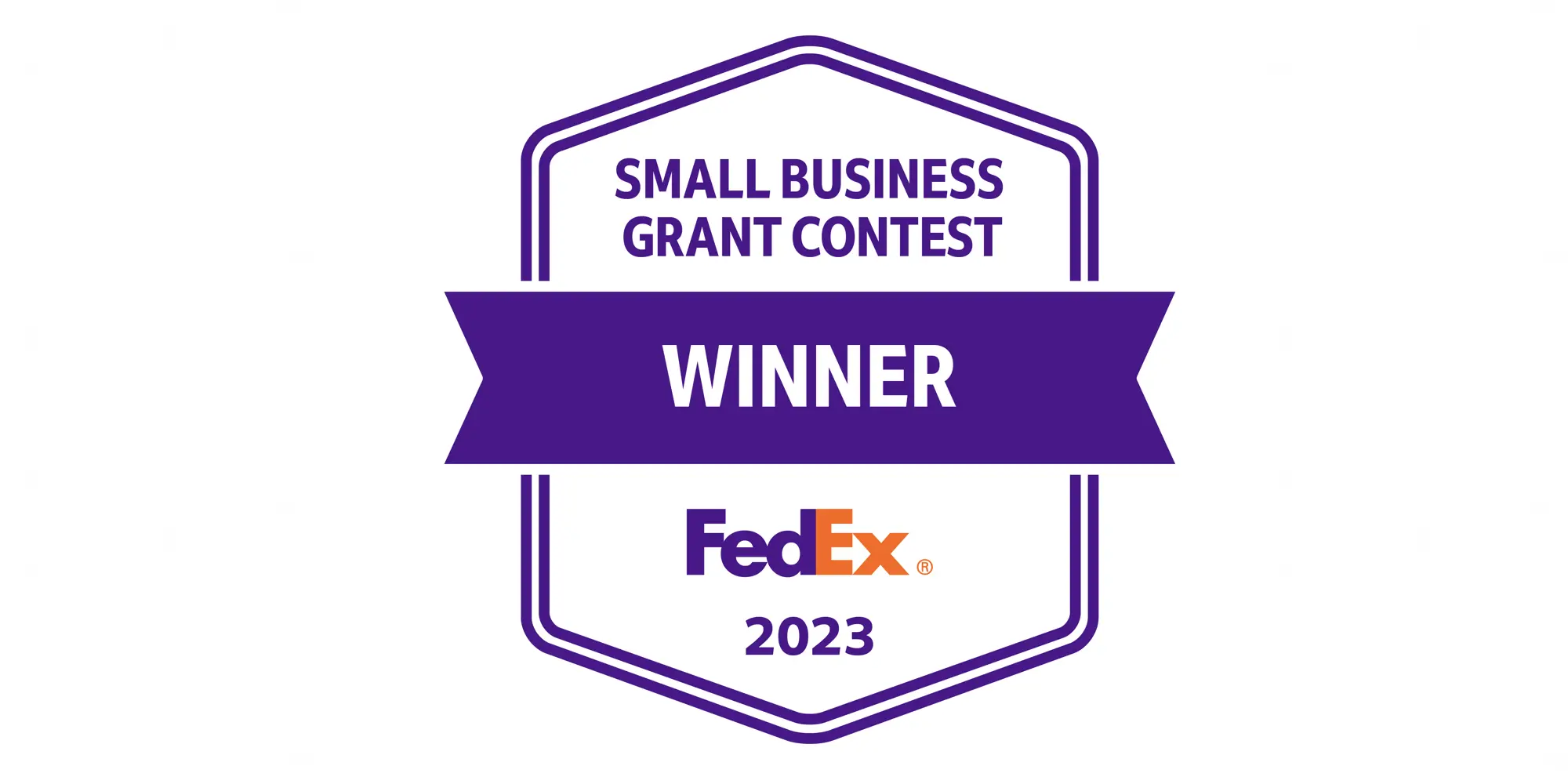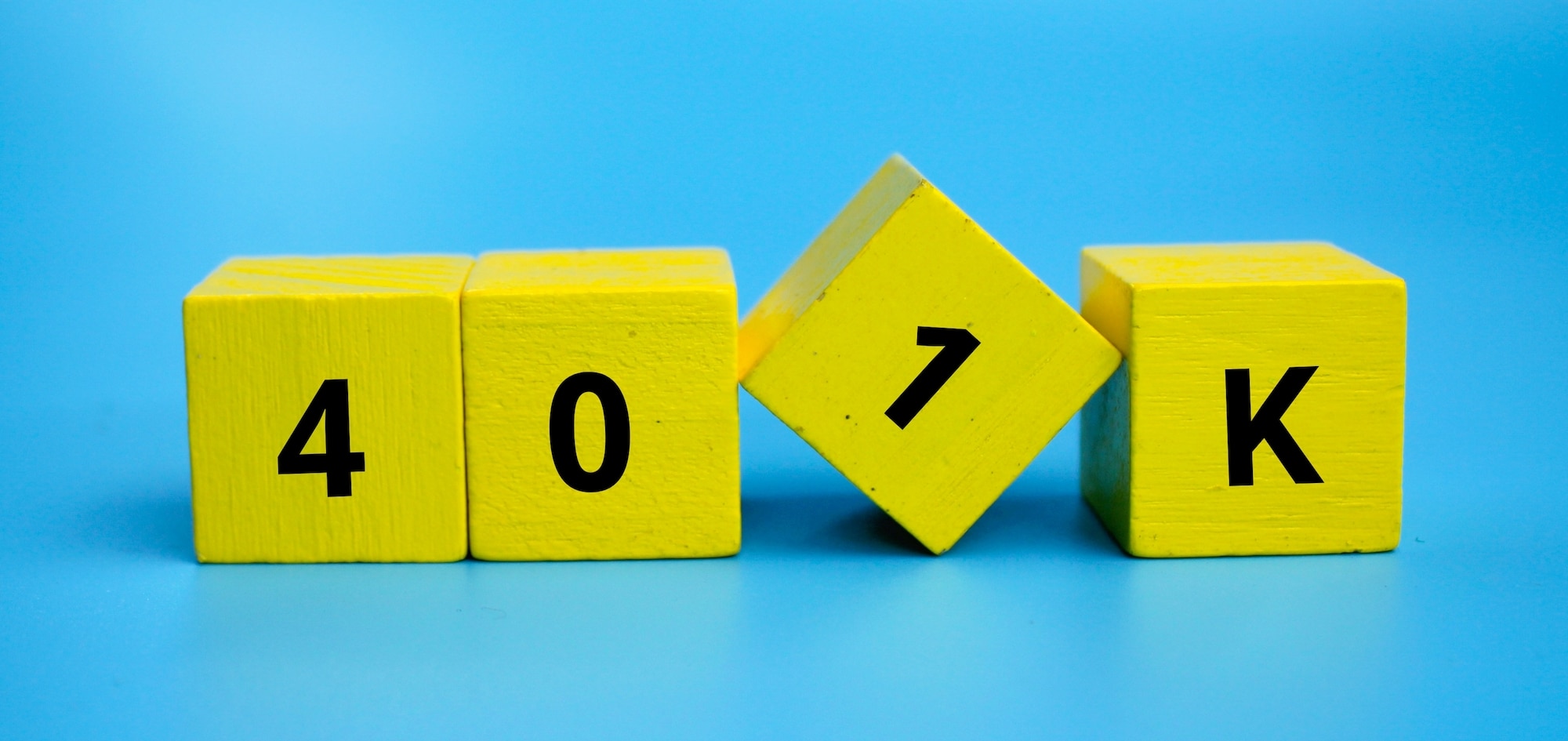
Economic News
Report: 401(k) Balances Rise, Hardship Withdrawals Increase
A newly-released report looking at 401(k) account balances at Bank of America shows that, while overall balances are trending upward, more people are also requesting hardship distributions.
About the report:
According to the BofA report, the average 401(k) account balance at the end of last quarter was $82,300. That’s up by $7,250 so far in 2023, representing a 9.6% increase. In the second quarter, the average contribution came in at $1,460. While that was down more than 20% from the $1,880 average observed in the first quarter of the year, it was in line with Q2 2022’s $1,440 total.
On the other hand, the number of 401(k) account holders initiating withdrawals was also on the rise. Specifically, a growing number of consumers requested hardship distributions from their accounts. In the second quarter, a total of 15,950 BofA 401(k) account holders requested hardship withdrawals, representing 0.52% of participants. That percentage is up from the 0.4% recorded at the end of 2022 and from the 0.3% one year ago. Of those that did request hardship distributions, the average withdrawal amount was $5,050. Interestingly, that figure is down slightly from the $5,100 average in Q1 as well as the $5,400 average reported in Q2 2022.
Similarly, those requesting 401(k) loans also increased last quarter. Bank of America reports that 2.5% of participants — of 75,000 people — had 401(k) loans in Q2. The average amount of the loan was $8,550, which was on par with the previous quarter and down $150 year-over-year. In some good news, the percentage of those with 401(k) loans that were in default ticked down to 13.9% from 14.3% in the first quarter. BofA states that the total value of 401(k) loans in default was $450 million during the quarter (down from $460 million earlier this year).
What they’re saying:
In a press release recapping the report, Bank of America’s Head of Retirement and Personal Wealth Solutions Lorna Sabbia stated, “The data from our report tells two stories – one of balance growth, optimism from younger employees and maintaining contributions, contrasted with a trend of increased plan withdrawals.” Sabbia continued, “This year, more employees are understandably prioritizing short-term expenses over long-term saving. However, it’s critical that employees continue to invest in life’s biggest expense – retirement.”
My thoughts:
Although the percentage of 401(k) plan participants requesting hardship withdrawals is still low overall, the rising figures are still concerning in a couple of ways. First, while these may seem like an easy solution in the moment — after all, you’re only tapping your own money instead of borrowing from creditors — pulling funds from your retirement account can have a much larger impact on your money long-term than it might appear when purely looking at the amount withdrawn. That’s because those who take funds from their investment accounts could be missing out on compounding growth. Meanwhile, there’s also room to worry about why consumers are needing hardship distributions. For those reasons, this report and similar releases should be watched closely in subsequent quarters.




